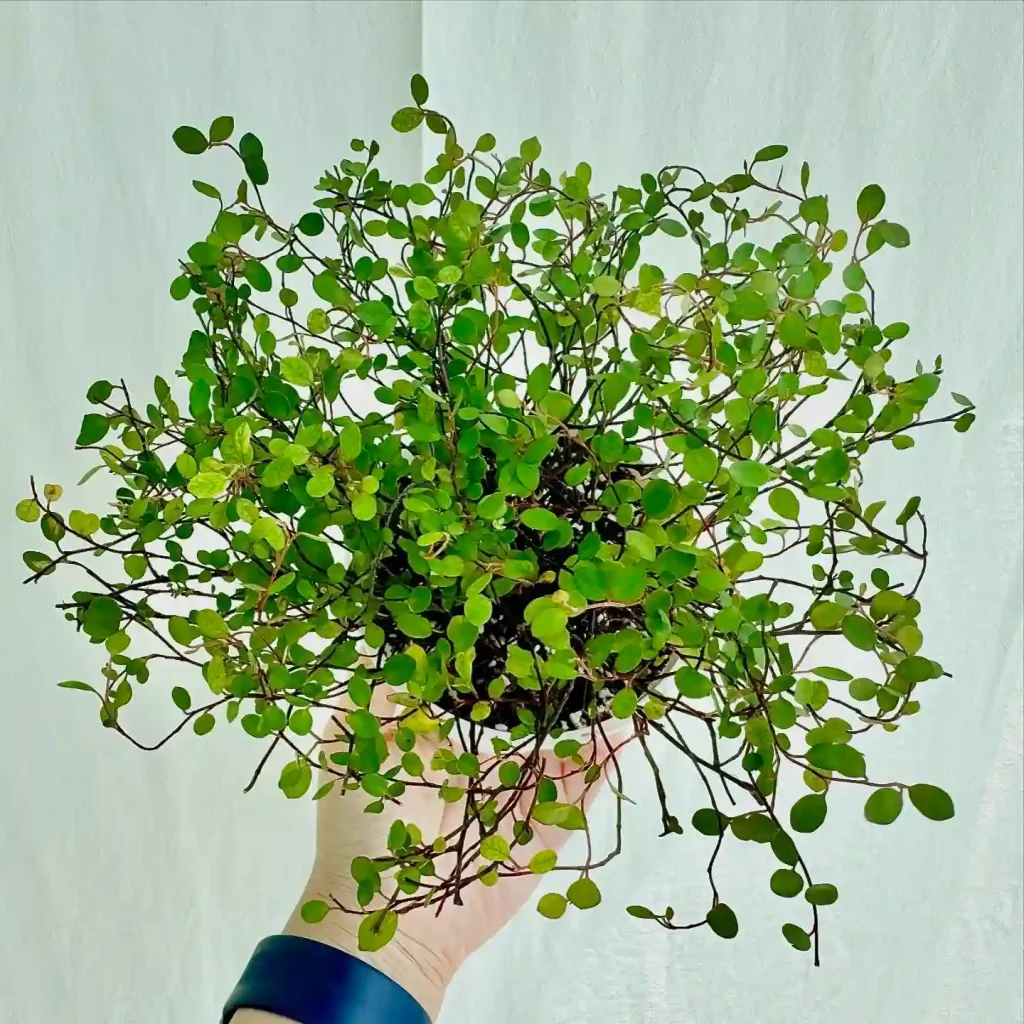
FAQs About Parodia Leninghausii
Parodia Leninghausii, commonly known as the Golden Ball Cactus, is one of the most striking cactus species. With its bright yellow spines and spherical shape, it’s no surprise that this plant attracts a lot of attention. Over the years, I’ve come across several frequently asked questions about this cactus, and I’ll share my personal insights and experiences.
74 Species in Genus Parodia
What is Parodia Leninghausii?
Parodia Leninghausii, often referred to as the Golden Ball Cactus or Lemon Ball, belongs to the cactus family. Native to Brazil, this cactus is cherished for its round body, golden-yellow spines, and columnar growth as it matures. Unlike many other cacti, it can grow up to 3 feet tall. Its distinct spines give it a radiant, sun-kissed look, making it a popular choice for succulent collections.
How to Care for Parodia Leninghausii?
Caring for a Parodia Leninghausii is fairly straightforward, even for beginners. The key factors to consider are:
- Light: This cactus thrives in bright, indirect light. Too much direct sunlight can cause sunburn, especially for younger plants. A south or east-facing window usually works well.
- Watering: Like most cacti, Parodia Leninghausii prefers a “soak and dry” method. Water thoroughly, then allow the soil to dry out completely before watering again. Overwatering can lead to root rot, a common issue with many cacti.
- Soil: A well-draining cactus or succulent mix is essential. If you don’t have one, mixing regular potting soil with sand or perlite works too.
- Temperature: This cactus thrives in temperatures between 60°F and 85°F. It can tolerate slightly lower temperatures but not frost. If you live in a colder climate, bring it indoors during the winter months.
- Humidity: Parodia Leninghausii prefers low humidity, making it ideal for dry environments. High humidity can encourage fungal growth.
How to Propagate Parodia Leninghausii?
Propagation is one of my favorite aspects of growing cacti. Parodia Leninghausii is typically propagated by seed, as it rarely produces offsets. Here’s how I do it:
- Collect Seeds: The cactus produces flowers, which develop into small seed pods. Once the pods dry, collect the seeds.
- Prepare Soil: Use a well-draining cactus mix and lightly moisten the soil.
- Plant Seeds: Scatter the seeds over the surface, then gently press them into the soil. Do not bury them deep, as they need light to germinate.
- Light and Watering: Keep the soil moist and provide indirect light. Within a few weeks, you should see tiny seedlings emerging.
What to Plant with Parodia Leninghausii?
When it comes to pairing Parodia Leninghausii with other plants, I find it looks best with other low-water succulents. Plants like Echeveria, Sedum, and Aloe complement its yellow spines beautifully. You could also pair it with Opuntia or Mammillaria species for a more varied cactus garden.
Just be sure that any companion plants have similar light and water requirements. This cactus thrives in dry conditions, so avoid plants that prefer moisture.
Is Parodia Leninghausii Toxic?
Luckily, Parodia Leninghausii is non-toxic to humans and pets. This makes it a safe option for households with children or animals. However, while it’s not poisonous, its sharp spines can cause irritation or injury if touched. It’s a good idea to keep it out of reach of curious pets or kids.
What Are the Benefits of Growing Parodia Leninghausii?
The benefits of growing Parodia Leninghausii are more than just aesthetic. This cactus has a calming presence with its radiant yellow spines, and it adds a touch of the exotic to any room or garden. Its minimal care requirements make it an excellent choice for busy plant owners or those new to cacti. Additionally, like other plants, it helps purify the air, though its small size limits this benefit.
Common Problems with Parodia Leninghausii
While Parodia Leninghausii is generally low-maintenance, I’ve faced a few challenges with it over time:
- Overwatering: This is the most common issue. Too much water causes root rot, which can be fatal. Always make sure the soil dries out between waterings.
- Pests: While relatively pest-resistant, I’ve occasionally seen spider mites or mealybugs on my cactus. A simple spray of diluted neem oil usually takes care of the problem.
- Sunburn: Direct sunlight can cause the skin of the cactus to turn brown or white. If this happens, move it to a spot with filtered light.
How Does Parodia Leninghausii Compare to Similar Cacti?
People often confuse Parodia Leninghausii with Echinocactus Grusonii, also known as the Golden Barrel Cactus. While both have similar yellow spines, Echinocactus Grusonii tends to be rounder and stays closer to the ground, while Parodia Leninghausii grows taller over time. I personally find Parodia Leninghausii more versatile due to its columnar shape.
Is Parodia Leninghausii a Good Indoor Plant?
Yes, absolutely! Parodia Leninghausii is an excellent indoor plant. It doesn’t need a lot of space, and its care requirements are minimal. As long as it gets enough light, this cactus will thrive indoors. Just make sure you place it somewhere that doesn’t get too hot or cold.
Conclusion
Parodia Leninghausii is a fantastic cactus for both beginners and seasoned plant lovers. Its unique look, low maintenance, and adaptability make it an excellent addition to any collection. Whether you’re looking to expand your succulent garden or add a pop of color indoors, the Golden Ball Cactus won’t disappoint. Keep an eye on its watering and sunlight needs, and you’ll have a happy, healthy cactus for years to come.
If i die, water my plants!



